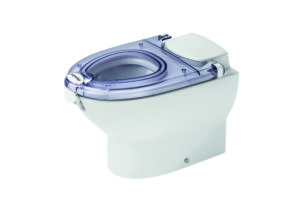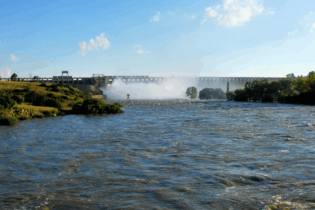Effective sanitation is the landmark of the modern world. The flushing toilet was invented in 1596 but not widely adopted until the 19th century and has remained virtually unchanged. Toilets account for 80% of commercial water use in buildings, using about 9 litres of water per flush.
Innovations
Water usage is a major concern of the day yet it is strange that many of the innovations around the toilet are solely about comfort, with Japan leading this area. In South Africa 2.1% of people use bucket toilets, 12.5% use pit toilets, and 1.6% of the population have no access to toilets whatsoever. This means that 50-70% of households and businesses have access to flushing toilets. With new advances in non-sewered sanitation systems addressing the access to toilets in general, there are companies looking to advance flushing toilets and make them more environmentally friendly.
Propelair
There have been a few developments that have taken off in the African market. With funding from Ivestec UK-based company Propelair has come up with a toilet that relies on the already laid water infrastructure while decreasing water consumption. The toilet works by using two cisterns, one with air, and one with water. When flushing the toilet lid is closed creating a seal and relying on air to make up for the water decreases. The process takes 3 seconds and a second flush is ready after 30 seconds.

Propelair toilet
Adoption
The South African market has adopted this system at the new KFC lifestyle hub in Johannesburg. As the first of its kind on the continent, Propelair now contributes to its goal of celebrating innovation and creativity within the food retail sector.
Other notable South African adopters include Hungry Lion, the Pareto Limited property group, Vodacom and PRASA Park Station, South Africa’s passenger rail agency.
Additionally, FNB Botswana has embraced Propelair technology in an effort to curb water usage.
Hope
With these technologies being adopted in the retail sector it could mean further development for home use. This could see a substantial decrease in water usage in businesses.









